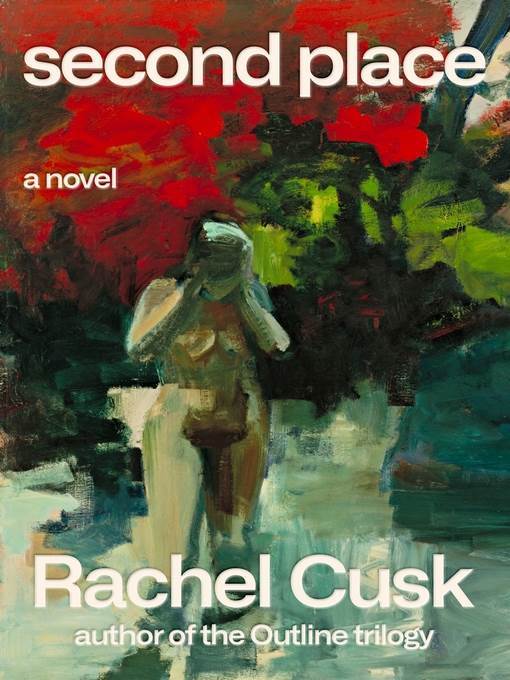
Second Place
A Novel
کتاب های مرتبط
- اطلاعات
- نقد و بررسی
- دیدگاه کاربران
نقد و بررسی

December 1, 2020
Having refreshed our literary expectations with her "Outline" trilogy, Whitbread/Maugham winner Cusk keeps at it with her new novel, whose protagonist invites a distinguished artist to visit her remote coastal home. She hopes his work there will clarify the meaning of her own life, but it also highlights the tensions in human and particularly male/female interactions.
Copyright 2020 Library Journal, LLC Used with permission.

February 15, 2021
Riffing on D.H. Lawrence's famously fraught visit with Mabel Dodge Luhan in New Mexico, Cusk chronicles a fictional woman's attempt to find meaning in other people's art. Readers need not know anything about that literary-history byway, however, to enjoy this brooding tale. Highly praised for her recent, decidedly nonlinear Outline Trilogy, Cusk here rediscovers the joys of plot. Narrator M sets a dark tone with her opening recollection of how a meeting with the devil on a train leaving Paris opened her eyes to "the evil that usually lies undisturbed beneath the surface of things." Then she pulls back to her encounter the day before with an exhibition of paintings by an artist she calls L that spoke of "absolute freedom" to "a young mother on the brink of rebellion." Now, years later, divorced from her hypercritical first husband and a subsequent period of misery behind her, she is happily married to quiet, nurturing Tony and lives with him in "a place of great but subtle beauty" remote from the urban centers of whatever country this is. (Details are deliberately vague, but bravura descriptions of marshes and brambles evoke a fairy-tale landscape rather than New Mexico.) M clearly feels some dissatisfaction with this idyllic retreat since she writes to L through a mutual friend and invites him to stay in their "second place," a ruined cottage they rebuilt as a long-term refuge for guests. After some coy back and forth, L turns up on short notice with an unannounced young girlfriend in tow, forcing M to move her 21-year-old daughter, Justine, and her boyfriend, Kurt, to the main house. L clearly knows that M wants something from him (Cusk elliptically suggests a desire to be welcomed into an imaginative life M feels inadequate to enter on her own) and is determined not to provide it. Increasingly tense interactions among the three couples form the seething undercurrent to M's ongoing musings on art, truth, and reality. The inevitable big blowup is followed by reconciliations and relocations, capped by one of Cusk's characteristically abrupt conclusions with a bitter letter from L. Brilliant prose and piercing insights convey a dark but compelling view of human nature.
COPYRIGHT(2021) Kirkus Reviews, ALL RIGHTS RESERVED.

May 1, 2021
In Cusk's excellent new novel, following her Outline trilogy and essay collection, Coventry (2019), M. (the narrator) invites L. (a famous artist) to spend the summer at her family's home in a secluded marshland. Relationships form and unravel through small acts: a new hairstyle, a late-night swim, an invitation to sit for a portrait. These things happen, but they are not what the book is about. Rather, Second Place is about space and time, and who has the privilege to claim either. "I am here," L.'s paintings say to M., when she sees them in a Paris gallery 15 years before the summer at the marsh, giving her permission to say the same. "My time belongs to me," L. tells a houseguest who delivers a two-hour reading of an in-progress novel. There is a gendered asymmetry between L., who moves with an air of entitlement, and M., who recognizes herself when criticized, and also an expressive one between painting, described as providing "a location, a place to be," and language, "the only thing capable of stopping the flow of time." Cusk has written a novel about what it might mean to be whole within one's self and with others, and about the artist's responsibility and art's power.
COPYRIGHT(2021) Booklist, ALL RIGHTS RESERVED.

























دیدگاه کاربران